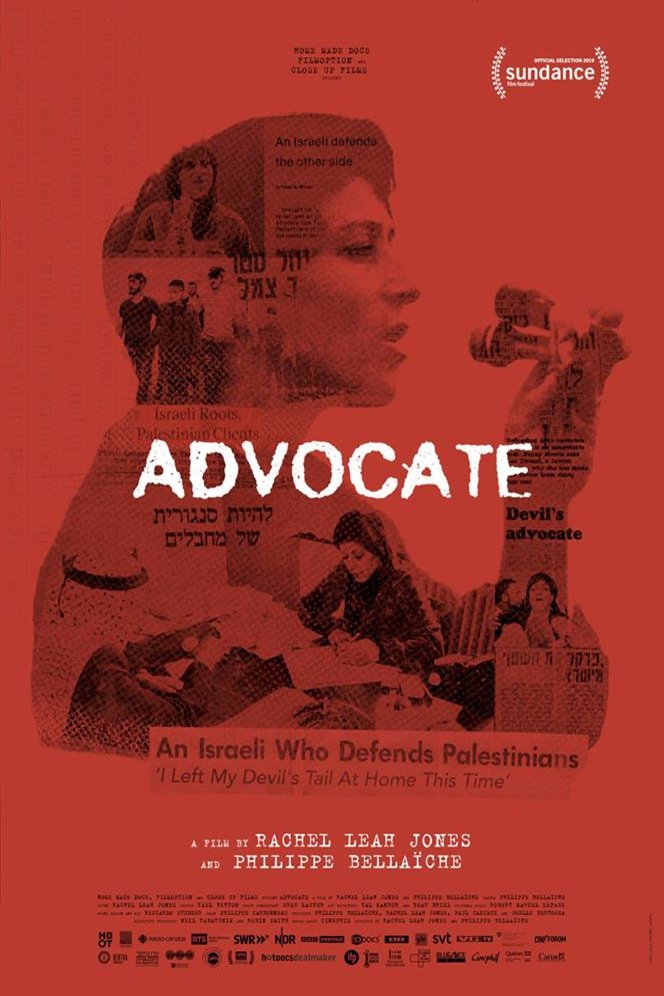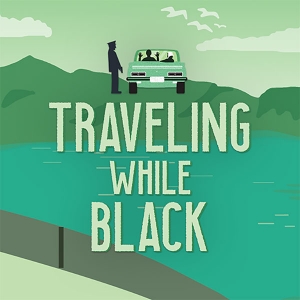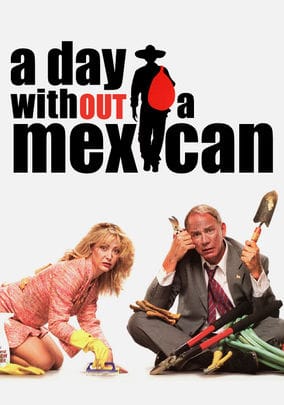
(T'ain't the poster for the 1989 production. Please roll with it nonetheless.)
Yep! In case you thought I was at all sane and would afford the much-delayed Season Challenge stuff its proper day in the sun, we're plowing ahead with another holiday marathon, and one even larger than the last to boot! Here on Mixed Nutcrackers, we'll take stock of multiple filmic adaptations of ETA Hoffmann's 1816 story The Nutcracker and the Mouse King and Pyotr Ilyich Tchaikovsky's 1892 ballet The Nutcracker, and see if any of em are worth half a damn! There's Rankin-Bass/Sanrio collaborations, Macaulay Culkin's unfortunate youth, Tom and Jerry for some reason, and inexplicable attempts to merge light children's fantasy with epic war dramas! Plus, y'know, some nutcrackers, some sugar plums, and a whoooooooole lotta renditions of Tchaikovsky's most famous compositions. We're already overexposed to the Dance of the Sugar Plum Fairy, Dance of the Reed Flutes, and the Trepak melody thanks to their idle usage in various Christmas movies and advertisements, so catching ten works with these numbers in their proper context over the course of a month or so is sure to drive us completely and utterly mad.
Which is the whole reason of the season, is it not? Deliberately exposing yourself and friends to potential annoyances? Yeah.
Before we start in earnest, though, there's a little bugbear requiring our attention: I've approximately zero familiarity with any version of The Nutcracker, much less the ever-in-production ballet with such ubiquity it's been celebrated and derided alike as Baby's First Ballet. Though I can no doubt pick up on the particulars of a story initially written and popularly performed for the five-to-ten demographic by watching the other films in this marathon, it seemed untowards to enact this whole shebang without giving the source material the time of day. So, in this opening entry, we'll take some time to discuss Hoffmann's initial story, and a production of Tchaikovsky's famous ballet, as a matter of prelude. For reference's sake, my choices here were a public domain audiobook of the story provided by YouTube channel FullAudiobooks, and an upload of the Bolshoi Ballet Company's 1989 production found here. They're both worth a look if you too need a crash course on what this whole nutcracking business is about.
I think the original Hoffmann story acquits itself best in the early going, before any hint of magic beyond Godfather Drosselmeyer's mechanized marvels rears its head. The descriptions of Marie's home in full, warm Christmas splendor and the barely contained, excited habits she and brother Fritz keep as they discover new toys and leap from fascination to fascination has about it a comfortable, friendly vibe I very much enjoy. One feels one hardly needs more than the children's personalities, the simple conflict between Marie's greater appreciation towards a wider variety of possibilities and Fritz's stubborn attempts to act a grown soldier, to remain satisfied. With a different turn, the story could handily end at Drosselmeyer repairing Marie's beloved Nutcracker and ending on a message about the value of kindness and appreciative thinking. Might not've provoked such fascination in Alexander Dumas decades later, or Tchaikovsky's compositions, but it'd make a tight, nostalgic little yarn confined entirely to a little lesson on Christmas Eve values.
As there is more to The Nutcracker and the Mouse King than its opening, I find it curious how the story loses some of its charm in my eyes the more fantasy elements it introduces. The battle between the toy soldiers and the Mouse King's forces is quite fun with how it gradually unfolds from a few strange occurrences to full-small-scale war, Drosselmeyer's story about how the Nutcracker came to be is a nice self-contained yarn though a bit long-winded and convoluted in the way old fairy tales trend towards, Marie trying to save herself from the Mouse King gets a bit repetitious, and the solid chunk dedicated towards Marie and the Nutcracker Prince travelling through the Land of Sweets loses me entirely. It's doubtlessly down to my age at first exposure, as one hardly expects a story structured and worded with kids in mind to fully thrill an adult, but it falls into a bit of a pattern wherein we're only watching wonder after wonder pass by with minimal involvement from the principles, none of which captures my imagination too much. Much as I'd hope to find a little childlike sparkly-eyes in any children's work, no dice here. This proves slightly concerning, as the whole Land of Sweets sequence provides the majority of compositions in Tchaikovsky's personally selected Nutcracker Suite, as well as character and imagery fodder for much of the adaptations to follow. Hopefully, my not finding the big "isn't this all so spellbinding and awe-inspiring" beats from Hoffmann's story too enchanting doesn't imply a lack of enjoyment in the future.
(I'll briefly remark - between Marie finding something of her godfather's countenance and character in the nutcracker, her transferring her feelings towards him onto the lifeless doll, inventing a youthful nephew for him after hearing about one in his story, and ultimately being proven right, with the young man agreeing to marry him at the ripe old age of eight in the closing pages DOES make the story vaguely uncomfortable in places. S'mostly a sweet runaround about a girl imagining herself an adventure and romance; some parts still impart some iffy implications.)
With regards to the Bolshoi Company's production of The Nutcracker, I'll have to lay down critical perspective for the moment. I do not know enough about ballet (or dance in general) to provide any meaningful critique of how it plays out, or designed, or performed. Ballet when used for cinematic effect, yes; ballet on its own terms, no. For all I know, this could be the single greatest production of The Nutcracker ever undertaken, and all others are pale imitations of its perfection, or it could be a good effort since surpassed by grander stagings. How'm I to tell when all I can see is people dancing what I presume is very well, and a fantasia of colors and costumes playing out across the screen?
Well, putting things thusly IS a little disingenuous. I might not have any overarching opinion on the ballet or its execution, but I CAN at least provide a few stray thoughts. For example, I thought it impressive how a few dances employed a larger number of performers to supplement the main talent - one can take it as either additional characters joining in on the fun or fight, or an expansion of their mindset to a multitude of persons that express their thoughts and feelings in a grander manner than usual. The decision to portray Drosselmeyer as a literal magician when presenting his gifts in the early first act communicates much the same notion about his interventions into the magical world as the story's hints towards his greater involvement without needing words, and fits the dancer's limber, spirtely movements incredibly well. Mouse King's defeat playing more as retreat than distraction leading to a decisive final blow makes a good way to position Marie's involvement as central, though it did confuse me somewhat when the second act contained the Nutcracker Prince recounting his victory with a more traditional final duel on-stage until I thought to look at the Wikipedia summary. It's incredibly odd how the Arabic Coffee dance in the Land of Sweets lasts longer than the Spanish Chocolate, Chinese Tea, and Russian Candy Cane dances combined - maybe something to do with the length of compositions, maybe it's that way in the original work? So much has been rearranged since the initial, poorly-received 1892 production, so it'd come across as odd to me if that particular of timing were grandfathered in.
Naturally I'm most impressed by Natalya Arkhipova's rendition of the Sugar Plum Fairy dance. This is going to sound so, SO mealy-mouthed and ill-educated, but there's a clockwork quality to her movements, very fast motions executed in tiny chunks with a definite pause in-between. If one considers how those pauses vanish from sight near entirely during the faster spins, and how many mental calculations it must take to hit each point just so in such a compressed time frame even with the rigorous years of training high-end ballet demands, it becomes downright miraculous to think anyone could get it right in one go, much less night after night for a whole holiday season. The different qualities of movement (twirls, gliding limbs, high kicks, etc) corresponding to individual instruments and conversing with one another as the various segments of the orchestral pit intersect is also quite impressive. So concludes the extent of my ability to technically or artistically critique this ballet.
This formality out of the way, I'd say we're free to explore the nine(!) following Nutcracker-based works this Chrimbo season. If I'm not driven to a frenzied rage by Dance of the Sugar Plum Fairy's opening celesta notes by month's end, I hope y'all enjoy the marathon!
(And hey - maybe if y'all are good this year, I'll host last year's marathon here too.)













